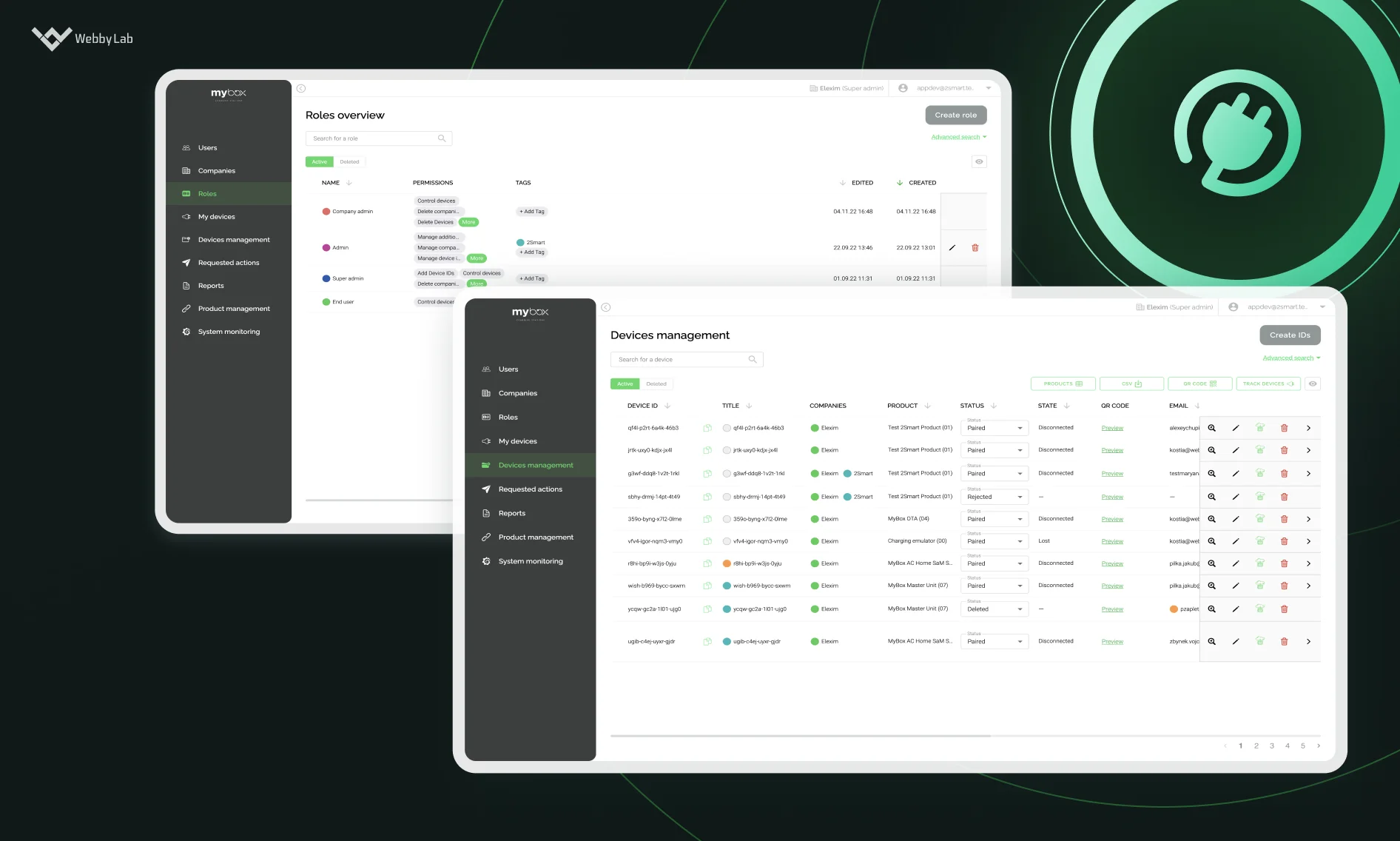An Expert Guide to IoT Consulting
Written by:

Kostiantyn Oliynyk
Head of IoT at Webbylab
With a robust academic background in Telecommunication Systems Engineering, I apply my knowledge to lead innovations in the IoT domain. Starting as the first team member in the newly formed IoT department at WebbyLab, I've spearheaded its growth, fostering the expansion into embedded and hardware development alongside our core software projects. My dedication lies in pushing the boundaries of IoT technology, fostering a culture of innovation and excellence that profoundly impacts our clients' operational success.
IoT consulting is an expert guidance provided to businesses that aim to adopt the Internet of Things. It includes strategic planning, technical decision-making, risk management, future-proofing, and ongoing support.
Businesses need IoT consulting when dealing with any type of Internet of Things solutions. That’s because IoT projects are inherently complex and require professional assistance to succeed.
Extensive IoT expertise, strategic guidance, and problem-solving are the main pros of IoT consultants. The only disadvantage of these experts is the need to invest costs in their services.
The payment for consulting services is typically structured under the time and material model, reflecting the actual time invested in the project. If our client opts for end-to-end IoT product development, our team can serve as both development contractors and consultants in various expertise areas. If you’re interested in the salary of an IoT consultant, contact WebbyLab for a precise estimate.
You may require an IoT consultant if you need to make sure your project stays within your budget and requirements. Consultants may also offer specialized knowledge, help you select the necessary technologies, and contribute to your project’s overall success.







